Water buffalo (Bubalus bubalis) were introduced to Argentina in the 1940s and quickly adapted to the country’s wetlands and pampas. Today free‑ranging herds of Murrah, Jafarabadi and Mediterranean buffalo inhabit the grasslands of La Pampa and the marshy Corrientes province, where their numbers make Argentina one of the top destinations for buffalo hunts=. These buffalo are heavier‑bodied than Cape buffalo and carry horn configurations that curve upward rather than flaring out; mature bulls can weigh 1 ½ times more than their African cousin. Their size and unpredictable nature earn them a reputation as “dangerous game” on par with Cape buffalo.

Buffalo hunts in Argentina are typically spot‑and‑stalk affairs conducted year‑round. In Corrientes’ humid wetlands guides search marsh edges and waterholes, stalking buffalo on foot or from horseback; in Córdoba’s Sierras and La Pampa’s open plains hunters glass from ridges and then slip through scrub using the wind for cover. Heavy rifles (.375 H&H or .416 Rigby) are standard, with shots taken at 80–150 yards, and bow hunters must be prepared for close‑range encounters at 30–50 yards. Hunts can be combined with dove shooting or other big game, and success rates typically exceed 85 % because buffalo are abundant.
Because water buffalo are introduced livestock, provincial wildlife authorities manage them primarily as a game resource rather than a threatened species. Populations in Corrientes and La Pampa are large enough that outfitters offer liberal seasons and encourage harvesting mature bulls to reduce pressure on wetlands. Trophy fees and licence revenues fund rural economies, but hunters must still obtain permits and follow ethical guidelines; in many regions export permits are required for buffalo trophies. Conservationists remind hunters that buffalo compete with native species for forage and access to water, so maintaining healthy numbers helps protect wetland ecosystems.
There are three main water‑buffalo types in Argentina—Murrah, Jafarabadi and Mediterranean—with the Mediterranean being the most common. Buffalo were brought in for meat and draft purposes and adapted easily to La Pampa’s grasslands and Corrientes’ wetlands. Successful hunts often occur in the cooler months of March–August when bulls are more active and vegetation is less dense, though hunts continue year‑round. Many outfitters include luxurious estancias, traditional Argentine asados and opportunities to pursue red stag, axis deer or blackbuck along with buffalo.
Water Buffalo can be found in the following location:
Water Buffalo has the following variations:
- (Varieties to be confirmed)
Start Your Adventure



